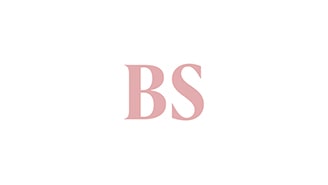Many Indians pledge their gold jewellery to meet short-term financial needs, but choosing between a gold loan and a gold overdraft can be confusing. While both are secured against gold, their structure, cost, and suitability differ significantly. Experts say the smarter choice depends on how disciplined and goal-oriented your borrowing is.
How do the two differ?
A gold loan gives you a lump-sum amount against pledged jewellery with a defined repayment schedule, usually EMIs or a single bullet payment. “Interest rates for organised lenders hover around 8–9 per cent per annum,” says Kundan Shahi, founder, Zavo, a loan repayments platform. “If you borrow a fixed sum and repay on time, the total cost remains predictable and often lower.”
A gold overdraft, on the other hand, works like a credit line. You can withdraw and repay within your sanctioned limit, paying interest only on the amount actually used. Shravan Shetty, managing director, Primus Partners, explains, “Gold overdrafts provide flexibility in the amount drawn and repayment schedule. Given that flexibility, interest rates are typically higher than gold loans.”
When flexibility can backfire?
Shahi cautions that overdrafts demand more discipline, “Many borrowers pay only interest and leave the principal untouched, which prolongs debt and raises cost.” He advises treating overdrafts like term loans, borrowing only what’s needed, setting a repayment plan, and maintaining a buffer for gold price fluctuations.
Also Read
Shetty agrees, warning that “overuse or delayed payments can lead to higher costs, and borrowers must track gold rates to stay aware of how much additional they can draw.
Tenure and risk considerations
Gold loans typically run for 6–24 months, while overdrafts are revolving facilities reviewed periodically. Both follow a regulatory cap of 75 per cent loan-to-value (LTV). However, Shahi notes that “if gold prices fall, banks may revalue collateral and ask overdraft users to repay part of the outstanding to maintain LTV — making overdrafts riskier.”
The smarter choice
If your borrowing need is one-time and your repayment plan clear, a gold loan offers structure and predictability. For those requiring ongoing access to funds, such as small traders managing uneven cash flow, a gold overdraft can offer flexibility, provided it’s used with discipline.
In short, both options unlock the value of your gold but the right choice depends on your purpose, repayment ability, and financial discipline.

)
